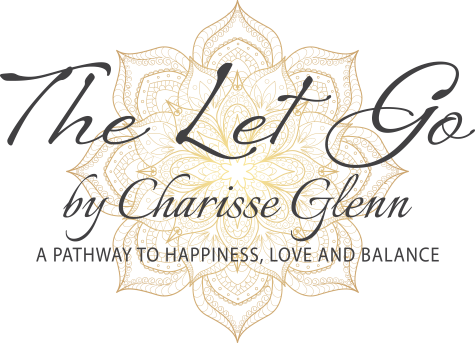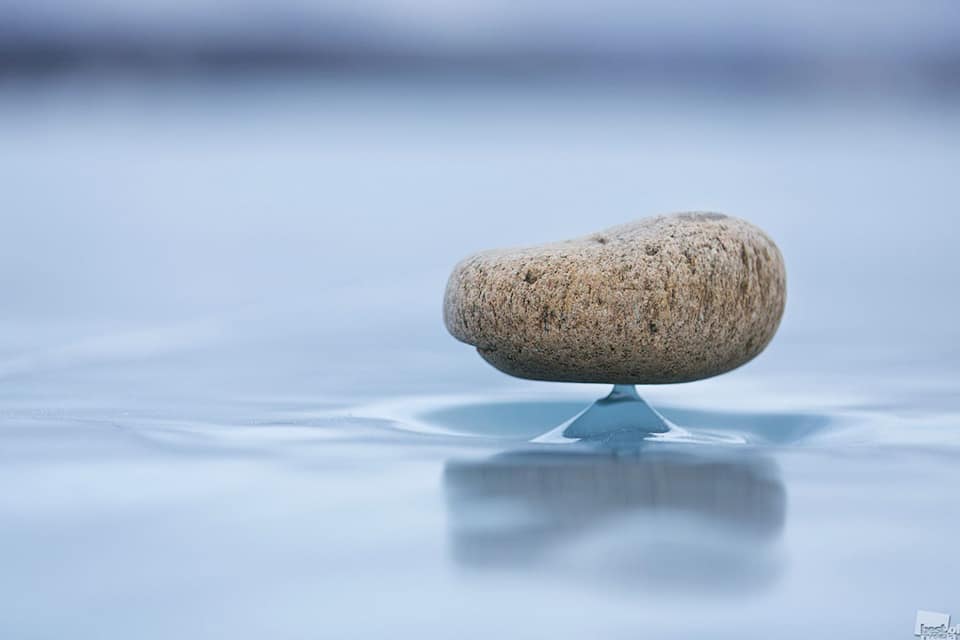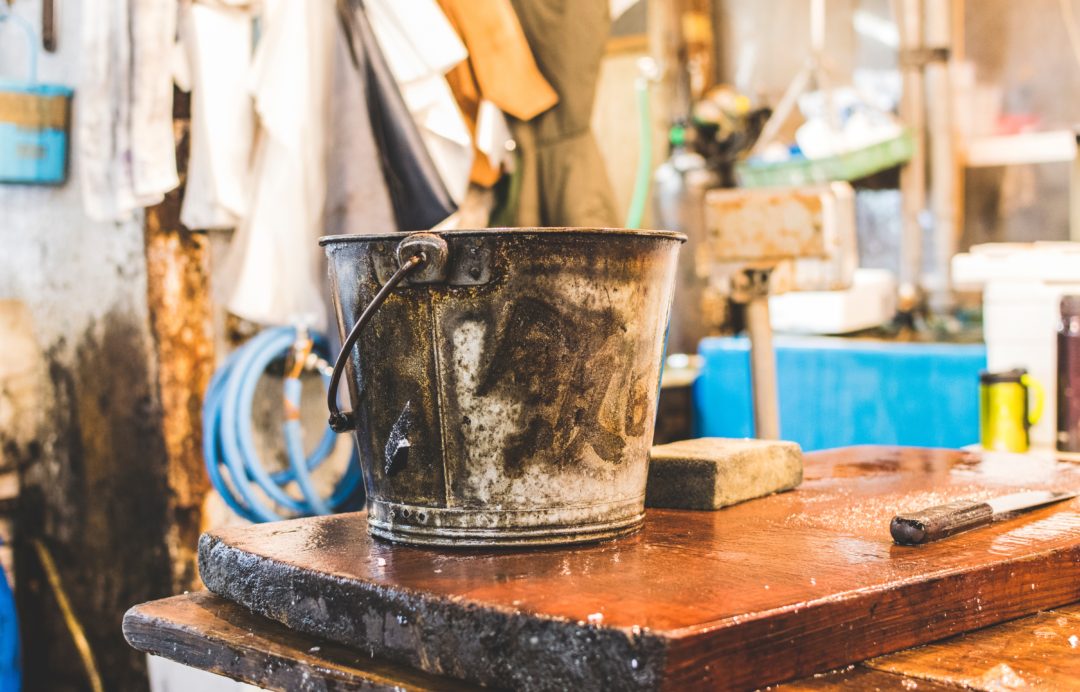“Simplicity is the ultimate sophistication.”
— Leonardo da Vinci
A picture is worth a thousand words, so what are our surroundings unconsciously saying about who we are and how it affects our lives? We are complicated and intricate beings. Environment affects us on deep levels, even if we are unaware of it. It is why set designers are imperative to telling a good story on film.
We experience it everywhere: a spa instills a different feeling than a doctor’s office or a gym differs from a yoga studio. Because of the powerful effect environs have on us, it is essential to look at how we can utilize our space to enhance and enrich our worlds.
Transformation is often easier to start from the outside to affect change within. By altering our environment, we can broaden our horizons.
Clean it Up
According to Feng Shui practices, when we hold onto things that need repair, we subconsciously welcome troubles and failures into our life. The philosophy believes it is best to discard all broken objects, as they contribute negative energy or block the positive from entering.
Start discarding. Anything torn, broken, or chipped.
Dishes symbolize wealth and family; eating on cracked plates can bring cracks within relationships.
Throw out any old and unused toiletries. Rid your cupboards of expired food. Donate clothes that no longer fit, are outdated, or are stained.
In short, repair it or toss it.
Clutter takes up space, and it saps us of energy. Letting it go frees us up.
Let the air in, open windows and doors. Beyond the fresh air and sun flooding into our homes, it is essential to open windows and doors to let the bad energy out. Even if the weather doesn’t allow it for long hours, let the air circulate, and with it, the renewal of energy will be felt. Rooms with bright natural light can improve feelings of depression and anxiety.
Clean up regularly. Run the vacuum, do the laundry, wash the dishes daily. Allowing items to accumulate in hallways, on the staircase, or in piles on the floor invites us to contribute to the mess. The act of clearing will bring clarity of thought.
Change the habit, and the behavior will change.
The placement of our furniture contributes to how we interact within our surroundings and ourselves. If there is limited space to move about, with stacks of knick-knacks covering tabletops and floors, a feeling will be of entrapment, anxiety, and discord will permeate. Open areas, organized closets, and curated bookshelves contribute to a clear mind.
Our habitats are an outward expression of our inner psyche. Attention goes to how it is directed. If the room is focused on a TV set, conversations will not take precedence. How we live, and our relation to the elements speak volumes about who we are. If you want a home-cooked meal, don’t use the stove as storage.
When we hold on to thoughts or things that are no longer useful, we hold onto stories that no longer exist. We keep alive what was, instead of living in the present moment. The more we hold on to that which no longer serves us, the less room there is to bring in those things that do.
Keeping a pair of jeans that you will never fit again or a memory of a perceived injustice only serves to replay a loop of time that has passed.
Two things can not occupy the same space at the same time. Clutter or tidiness. Discord or peace. Discontent or harmony.
As we rid our lives of the clutter, junk, and things we have moved beyond, we open the door to adjusting our beliefs, behaviors, and thoughts.
By having less of what is unnecessary, the more we have of what is needed.
Once there is clarity of what we deeply desire, the universe provides everything required to achieve it. There is an elegant efficiency to understanding that less is more.
“Minimalism is the intentional promotion of the things we most value and the removal of anything that distracts us from it.”
― Joshua Becker
Regarding photo: courtesy of Unsplash
This rare phenomenon is called ′′ Baikal Zen “.
The rocks fallen on Lake Baikal ice are heated by sunlight and emit infrared rays that melts the ice below. Once the sun is gone, the ice becomes solid again, creating a small stand for the rock above.






Ben Ham
I discovered your treasure trove of thought by accident. Perhaps not, as the universe seems to provide if we are open to the possibilities. Yours is a voice of clarity, a clear light illuminating the path. I am enlightened by reading all of your posts and the messages they are imparting. Thank you for sharing your wisdom.
charisse
Ben, Thank you for reaching out,I so love feedback. AH, accidents, well we know those are just an illusion. Sign up for my newsletter, I sent it out once weekly on Mondays. Best to you, C